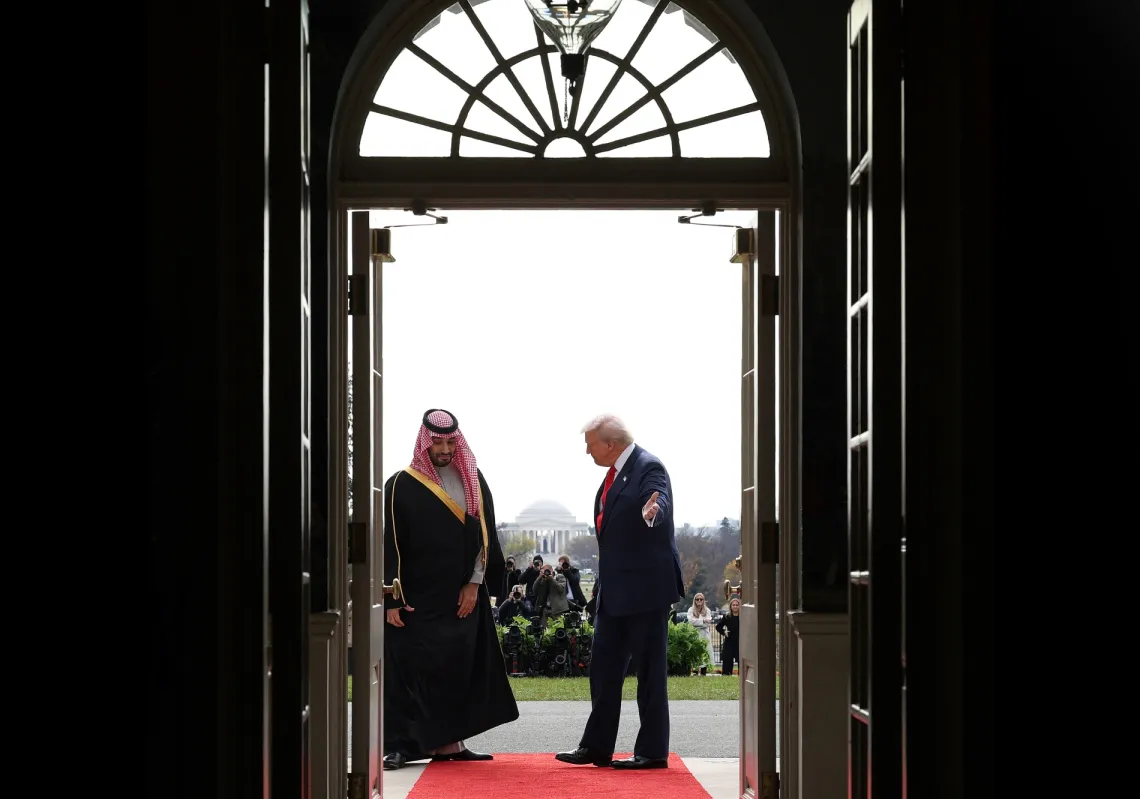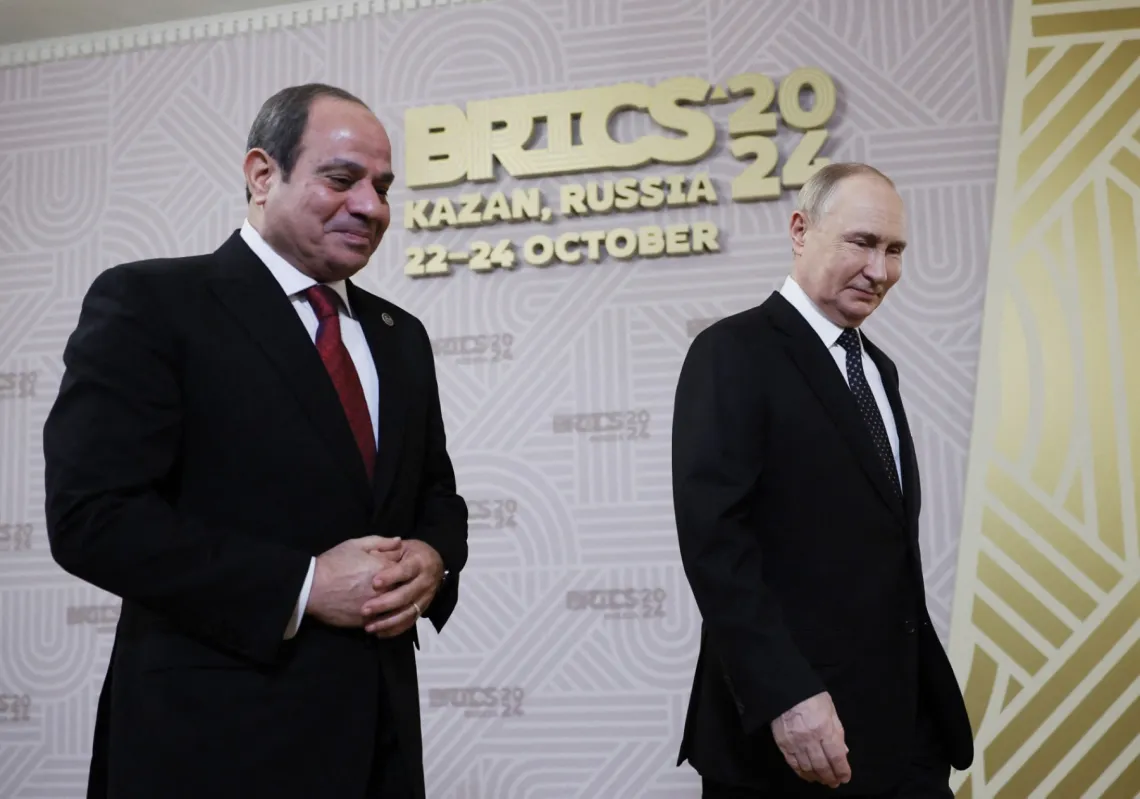The drone strikes on two major Aramco oil facilities in Saudi Arabia in September left many observers puzzled. Though officials in Washington and Riyadh blamed Iran for the attacks, aggression of this kind seemed at odds with the more conciliatory positions of the government of Hassan Rouhani, Iran’s president. Was it really in Iran’s interest to so drastically escalate a simmering conflict with the United States and its regional partners? The Houthis, Iran’s allies in Yemen’s bloody civil war, immediately claimed responsibility for hitting the oil fields, but the sophistication of the attack pointed to a state actor and, eventually, to Iran as the culprit. Though Iranian officials denied any involvement, some commentators suggested that elements of Iran’s security apparatus participated in the attacks, even if the strikes weren’t orchestrated at the level of the state.
Many experts, including current and former analysts and officials within the U.S. government, subscribe to the notion that factionalism drives Iran’s strategic behavior. This line of thinking generally presumes that aggressive actions by Iran’s military are often guided by the imperatives of the country’s contentious internal politics. Iran’s Foreign Ministry, which serves as the main interlocutor for the United States and other Western powers, appears in this light as the “good cop” to the “bad cop” of the regime’s hard-liners. The Islamic Revolutionary Guard Corps (IRGC), a branch of the Iranian armed forces tightly associated with the hard-liners, is thought to pursue aggressive actions as a way of undercutting the legitimacy and influence of the more pragmatic Rouhani government. Hard-liners, particularly those within the ranks of the IRGC, execute policies designed to undermine the moderates at home and abroad, making it more difficult for Rouhani to function on the international stage.The problem with this line of thinking, however, is that it misunderstands how decision-making works in the Islamic Republic. To see Tehran as helplessly riven with antagonistic factions is misguided. Under concerted pressure from Trump, the separate parts of Iran’s regime have closed ranks. Western policymakers must accept the reality that Iran conducts its security policy as a unified state actor.
ALL FOR ONE, ONE FOR ALL
Iran’s political system consists of discrete entities and centers of power. These include the executive branch that Rouhani currently leads, the IRGC, and the office of the supreme leader, occupied since 1989 by Ayatollah Ali Khamenei. In the context of defense and security policy, these power centers may not always see eye to eye, but they don’t operate in silos. Under the aegis of the Supreme National Security Council, different parts of Iran’s political and military establishment meet to make decisions affecting national security. Even outside this forum, Rouhani and his cabinet routinely consult and exchange information with the IRGC. During the negotiations that led to the nuclear deal in 2015, for example, Rouhani’s Foreign Ministry frequently touched base with the IRGC. The executive branch and the IRGC likewise coordinate policy in Syria, where the IRGC oversees Iran’s support of President Bashar al-Assad’s forces and conducts operations alongside Iran’s conventional army.
Above both the executive branch and the IRGC sits the supreme leader, Khamenei. The supreme leader is the chief policymaker in the Islamic Republic. If the supreme leader rejects an idea, no part of the regime puts it into action. Khamenei has representatives in every state institution and, most important, on the Supreme National Security Council to ensure that all arms of the regime faithfully pursue his policy objectives.

For this reason, there is little doubt that the Rouhani administration was fully aware of the Aramco attacks before they took place. Rouhani, Iranian Foreign Minister Javad Zarif, and the IRGC denied that Iran was behind the strikes. But the sophistication of the attack suggests that the IRGC was in charge of the operation, and it would not have acted without the unequivocal endorsement of the supreme leader’s office and the Supreme National Security Council. The supreme leader allows the IRGC to act independently within some limits when performing routine operations. An attack of this scope, however, which could have easily triggered escalation with Saudi Arabia and perhaps even with the United States, is not routine. The decision to go forward with this attack was strategic and would have involved the top officials in the country.
That the decision to target the Saudi oil fields was made by the entirety of the state rather than by the IRGC alone indicates consensus within the Iranian system. The separate parts of Iran’s regime have met what they see as the sanctions from the Trump administration with a unified approach. The Islamic Republic has shown through numerous actions over the past six months that it will respond by force to Washington’s “maximum pressure” campaign of sanctions. Incidents such as the strikes in Saudi Arabia or operations against shipping in the Persian Gulf aren’t flailing attempts at retribution but instead are calculated to claw back leverage from Iran’s adversaries. This approach may already be bearing fruit. In a bid to de-escalate in the wake of the Aramco attacks, Saudi Arabia agreed to talks with Iran mediated by Pakistan.
GROWING CONSENSUS
When dealing with the United States, the various parts of Iran’s political and security apparatus have historically had a hard time reaching a consensus. Only on a handful of occasions since the advent of the Islamic Republic have these bodies managed to agree on how to approach the United States. For instance, in 2001 when Tehran’s interests aligned with Washington’s goals during the U.S. invasion of Afghanistan, Iran chose to support U.S. efforts. Much like the 2015 nuclear deal, these moments of consensus within the Iranian regime were the exception, not the rule.
After a contentious few years before and after the nuclear deal, the regime now enjoys a new internal unity in the face of the United States. The Trump administration’s maximum pressure campaign has moved Iran’s major factions closer together in setting strategic policy. In its cost-benefit calculus, Iran has settled on a path that privileges escalation over capitulation. The Aramco attacks might not be an outlier so much as the beginning of the next stage of Iran’s counterpressure campaign.
As the United States rolls out its response to recent Iranian activities, officials and Iran observers in Washington should understand the real nature of policymaking in Tehran. The more appealing narrative may be to see two camps within Iran struggling for the soul of the Islamic Republic and the future of its relations with the United States; in that view, Washington need only find ways to bolster the position of the moderates. However, in matters pertaining to national security, the regime acts deliberately and in unison. Iranian behavior today stems not from infighting within the regime but from a systemwide conviction in decisive action. Iran is probing for ways to increase its leverage and compel policy shifts among its adversaries. It sees its provocations as the best way to improve its tenuous position in the Middle East and in its relations with the United States.
In comparison with Washington’s Middle East policy, Tehran’s decision-making is steady and consistent. Current and future U.S. policy toward Iran must begin with the premise that the Islamic Republic is the sum of its parts and that to try to empower moderates or disempower hard-liners is naive. Rather, Washington should strive to deal with Iran as it is, not as Washington wishes it were.
This article was originally published on ForeignAffairs.com.








